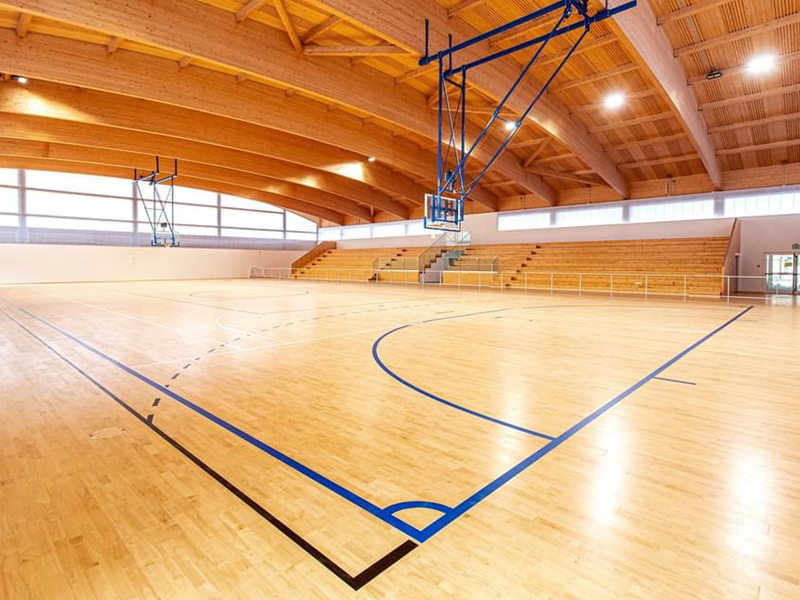Introduction
Indoor soccer has become a globally popular sport, attracting millions of players and fans. One of the key elements that contribute to the quality of indoor soccer games is the flooring of the court. Among various options, wooden flooring has emerged as a preferred choice due to its unique characteristics. This article will delve into the evolution of indoor soccer court wooden flooring, exploring its history, development, and the reasons behind its widespread adoption.
Historical Context
In the early days of indoor soccer, the flooring options were limited. Concrete and asphalt were commonly used, but they presented several drawbacks. These hard surfaces were not only uncomfortable for players but also increased the risk of injuries. As the sport gained popularity, there was a growing need for a more suitable playing surface.
Wooden flooring started to gain attention in the mid-20th century. Initially, it was mainly used in basketball courts, but its excellent shock - absorption and ball - bounce properties made it an attractive option for indoor soccer as well. The first indoor soccer courts with wooden flooring were relatively simple, often using locally available wood species.
Development and Innovation
Over time, the development of wooden flooring for indoor soccer courts has seen significant innovation. Manufacturers began to focus on improving the durability and performance of the wood. New types of wood, such as maple and oak, were introduced due to their hardness and resistance to wear.
The construction of the wooden flooring also evolved. Multi - layer systems were developed, where different layers of wood were glued together to enhance stability and reduce the risk of warping. Additionally, special finishes were applied to the surface to improve grip and prevent slipping, which is crucial for the fast - paced nature of indoor soccer.
Advantages of Wooden Flooring
There are several advantages of using wooden flooring for indoor soccer courts. Firstly, it provides excellent shock - absorption, reducing the impact on players' joints and minimizing the risk of injuries. Secondly, the ball bounce on wooden flooring is consistent, allowing for more accurate passing and shooting.
Wooden flooring also offers a better aesthetic appeal compared to other materials. The natural look of wood creates a warm and inviting atmosphere in the indoor soccer facility. Moreover, it is relatively easy to maintain. Regular cleaning and occasional refinishing can keep the flooring in good condition for a long time.
Conclusion
The evolution of indoor soccer court wooden flooring has been a journey of continuous improvement. From its humble beginnings as an alternative to hard surfaces, it has now become the gold standard for indoor soccer facilities. With ongoing research and development, we can expect to see even more advanced and high - performance wooden flooring options in the future, further enhancing the indoor soccer experience.

Leave a Reply